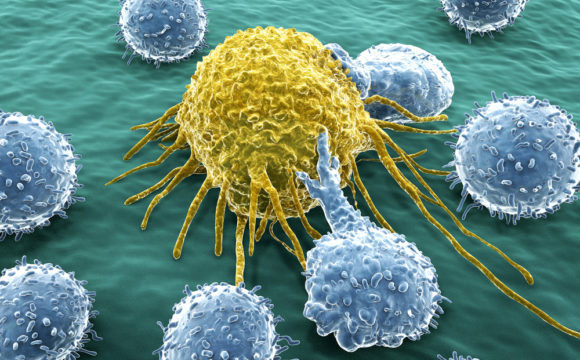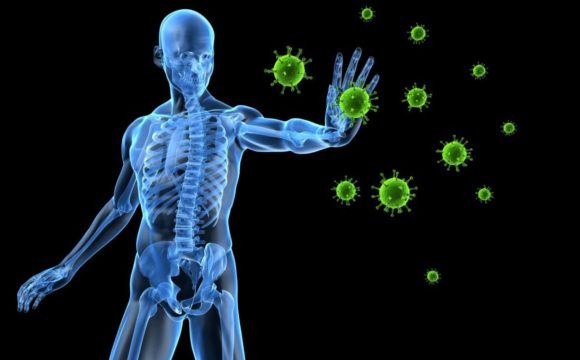Swine flu (also known as pig influenza) is a respiratory infection caused by a subtype of Influenza A virus known as H1N1. It is so called because it affected human population via live pigs in the USA during the late 1990s. The causative agent of swine flu is an RNA virus containing the glycoproteins haemagglutinin and neuraminidase hence the name H1N1. The virus infects humans, other mammals, & birds and can cause pandemic outbreaks. People in regular contact with pigs and those who consume raw pork (or even inappropriately cooked) are at risk. After infecting one person the flu can then easily spread from a human host to others mainly via Infected droplets (coming from coughing or sneezing). Symptoms of H1N1 infection (H1N1 symptoms) include fever, muscle pains, severe headache, weakness, coughing, chills, sore throat, and general discomfort. The 2009 global outbreak of H1N1 was one major outbreak that the world has seen in decades. It affected people across 213 countries and resulted in over 151,700 death according to most estimates.
In India, on an average, about 5 thousand cases are reported every year. It seems that the aftermath of 2009 continues to this present day. About 981 people were killed in the year 2009 and about 1,763 in 2010. For a very brief period, the mortality declined in the year 2011 to 75 but then rose subsequently to 405 deaths in 2012 and 699 deaths in 2013. It sharply increased again in 2015, about 33,000 were diagnosed from laboratory reports all over the country and more than 2,000 people died. This number surpassed the one in 2009’s global outbreak. The Indian states of Gujarat and Rajasthan were worst affected. The number has since declined to about 265 in 2016. But the spread of H1N1 remains a growing concern as this year over 12500 cases have been diagnosed so far which is much more than the yearly average of 5000. Of these 12.5k cases reported about 600 people have died so far. Maharashtra and Delhi are also amongst the worst affected states.
*the estimates for 2017 is only of the first three months
The first point of concern is that is this a more virulent mutant version of the virus which is affecting the people of India? The answer to this question is a ‘No’! The whole genome sequencing of the virus at Pune’s National Institute of Virology found that the virus has not gone any such virulent mutation. The original virus circulating since 2009 was called California strain, it underwent some point mutations producing a new strain which was last year identified as the Michigan strain. Although both these strains have been circulating in India since 2009, however, this year, all the H1N1 reported case was from Michigan strain only.
The regular swine flu treatment is from the drug Oseltamivir which can heal the patient usually within months. There is, however, no doubt that in the soon to come winter the spread of the flu can become worse. But the real issue is India’s poor health infrastructure. There exist only 42 laboratories which can provide a diagnostic test for H1N1. This number is very low given that India is a densely populated nation and that the H1N1 virus is pandemic in nature.
Developing a nationwide vaccination program against influenza (H1N1 vaccine) and increasing the number of diagnostic laboratories along with robust awareness programs are the key task in winning this battle against H1N1
Reference:
journosdiary.com/2017/07/22/h1n1-maharashtra-india/










